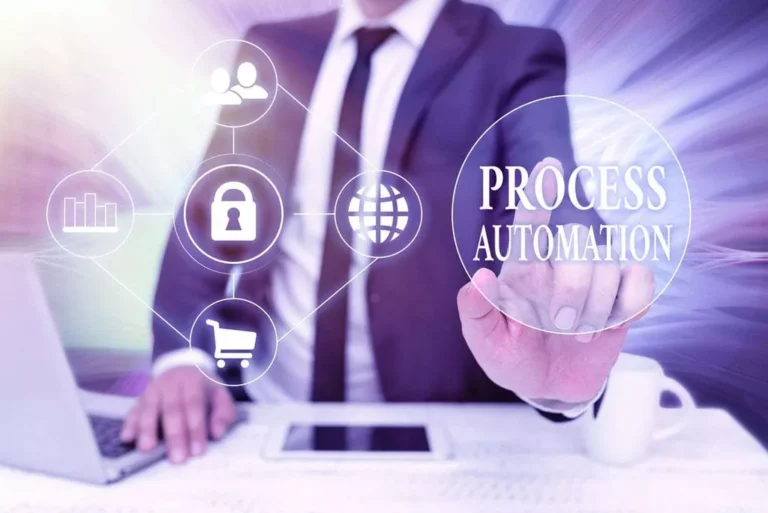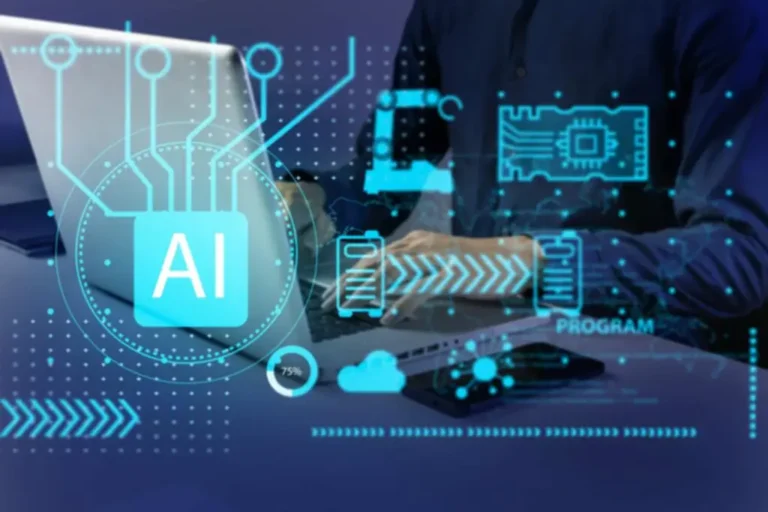Edge computing and fog computing have emerged as potential solutions to these challenges, providing new methods of processing and analyzing knowledge in actual time. It includes processing data nearer to its source—whether that’s a device, a sensor, or maybe a smart automobile. Wheretoquoever that information, however, is to be moved on the edge instead of sending data to the remote data heart, edge computing performs that knowledge at the web site where it’s positioned. This additional reduces latency (delay before knowledge transfer starts) and increases speed, so it is well suited to real-time decision-making tasks.
- These disadvantages shouldn’t discourage you from transferring to the cloud, however somewhat allow you to put together for them and address issues in the event that they come up.
- Edge computing, in the meantime, cuts operational costs by saving bandwidth and decreasing the volume of data despatched over a community.
- Edge artificial intelligence (edge AI) entails AI algorithms processing knowledge on-device or in near-edge computing nodes to reduce latency and reliance on centralized cloud assets.
- These units are optimized to deal with low-latency, real-time analytics and localized AI applications, ensuring fast insights and decision-making.
Cloud-based platforms facilitate long-term data storage, historical development evaluation, and resource-intensive computations that might be impractical to carry out on edge devices https://www.globalcloudteam.com/. It allows scalability, accessibility, and centralized administration of IoT applications. Cloud AI refers back to the AI processing that happens in centralized cloud knowledge facilities and uses highly effective compute resources, like GPUs, TPUs, and distributed cloud infrastructure. It helps the training and execution of large-scale machine learning models that demand substantial processing energy, storage, and integration with different cloud services.

Use Cases Of Cloud Computing
Whereas cloud computing offers the advantage of centralized administration and scalability, edge computing offers ultra-low latency and localized knowledge processing. Collectively, they complement each other in trendy architectures, permitting companies to optimize their operations by strategically utilizing both technologies. Cloud computing fundamentally operates on the precept of virtualization, however it additionally generally incorporates the utilization of naked metal servers for scenarios the place customers require devoted resources. These servers are maintained in knowledge centers distributed globally, providing high availability and redundancy. Cloud services supply a high diploma of flexibility, that means users can scale services based on demand, and pay only for the sources they use, which optimizes price and efficiency.
One Other vital advantage for companies is that edge computing can save prices via decreased bandwidth. When processing data at the edge, an enterprise can be positive that it solely pays to transmit and store the dear, essential data while rejecting the low-value information. Cloud computing serves as the inspiration that allows Edge AI to function effectively. Whereas Edge AI processes data domestically for real-time decision-making, cloud environments provide the computing power required to train, refine, and update AI fashions before deploying them to the edge. Cloud AI also enables large-scale knowledge aggregation and evaluation, figuring out patterns that individual edge gadgets may not detect. By combining the strengths of each, organizations can create a scalable, environment friendly AI ecosystem.
Enhanced Operational Efficiency

Purposes operating on these edge computing servers can be accessed from mobile endpoints via 4G or 5G connections. Whereas IoT and edge computing are distinct concepts, they’re typically intertwined in sensible implementations. IoT encompasses a broader idea of interconnected devices and systems, whereas edge computing focuses on decentralized data processing.
With edge computing becoming essential, it’s also important to make sure that the edge devices themselves don’t turn into a single level of failure. Community architects must build redundancy and supply failover contingencies to supply crippling downtime in the event of a primary node failure. The industry has come a long method to meet the demands of edge computing, and it’s turning into mainstream. Furthermore, its significance is prone to Digital Trust grow much more as real-time application usage becomes extra prevalent.
They act because the demarcation point between the external systems and inner networks. Some enterprise routers present built-in compute or the flexibility to plug further compute modules and be used to host purposes. In this model, a single router can perform each packet routing functions and supply infrastructure to host edge purposes. SecurityCloud suppliers implement security measures to protect data and ensure the confidentiality, integrity, and availability of services.
Fiber optic cables are limited in how much data they will transmit, so the extra devices are related, the slower data is shipped. The “edge” refers to the space between the cloud and finish devices the place information can be processed, stored, and transmitted before supply. Finish gadgets could include industrial tools like sensors, cameras, and different community appliances that generate data for evaluation. Each cloud and edge computing can considerably reduce costs, however they achieve this through completely different mechanisms tailor-made to particular operational needs. Each edge and cloud computing architectures provide scalability, although in several dimensions, facilitating tailor-made responses to numerous technological demands.
Conversely, cloud computing purposes can expertise larger latency as a result of knowledge must travel between the distant server and data sources. A key distinction in the cloud vs edge computing debate facilities on where information processing happens. Cloud computing processes data in centralized information facilities which are doubtlessly removed from the supply of data assortment. This model is highly efficient for handling huge quantities of data from multiple sources and is ideal for functions that do not require quick action. Contrasting edge vs cloud, cloud computing supplies immense scalability and cost-effective solutions through enhanced data management. Cloud computing offers huge storage capacities and powerful computational resources beyond what firms can sometimes implement internally, making it best for long-term knowledge analysis and large-scale purposes.
Common Use Cases For Edge Ai
Cloud and edge are two different computing fashions, every with its personal traits, advantages, and use instances. Whereas both serve the purpose of managing information, they do it in fundamentally alternative ways. Edge computing focuses on processing data nearer to its supply, which may enhance real-time decision-making. In distinction, cloud computing centralizes information processing in remote information facilities, providing scalability and in depth storage capabilities. Cloud computing performs an important role in IoT by providing centralized storage, processing power, and advanced analytics capabilities. In IoT deployments, cloud computing serves as a hub for aggregating, analyzing, and storing huge quantities of information generated by interconnected devices.
Edge computing is a decentralized computing model that brings information processing nearer to the devices and sensors that generate it. Fog computing, then again, is a distributed computing model that extends the capabilities of edge computing to a larger network of devices and sensors. Edge Computing is less scalable than the cloud due to the added requirement for an expanded, localized infrastructure of gadgets or hardware. For instance, analysis conducted by Intel additionally indicated that increasing the variety of edge gadgets in distant positions presents challenges to the task of managing the infrastructure.

This arrangement permits organizations to optimize bandwidth, response occasions, and general efficiency by strategically integrating edge and cloud computing technologies to cater to various data service needs. The convergence of edge and cloud computing is shaping a new landscape in knowledge processing, permitting organizations to leverage the strengths of both paradigms for enhanced performance and effectivity. This integration enables real-time knowledge processing at the edge whereas still utilizing the powerful analytic capabilities edge computing definition of the cloud for deeper insights and long-term storage.
